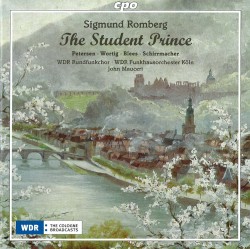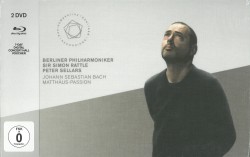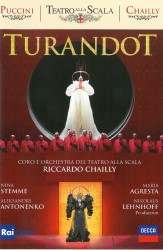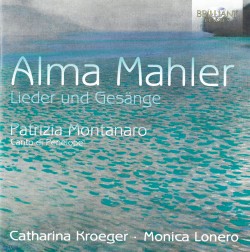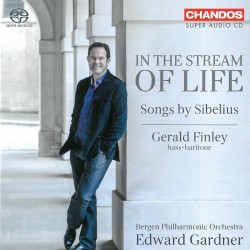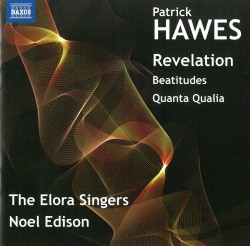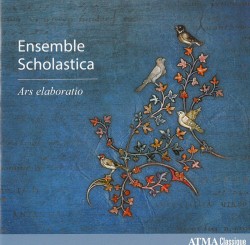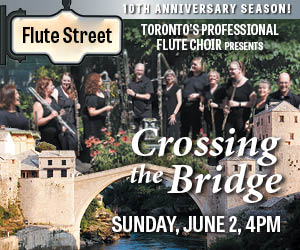Bernard Rands: Vincent - Soloists; Indiana University Philharmonic Orchestra and Opera Chorus; Arthur Fagen
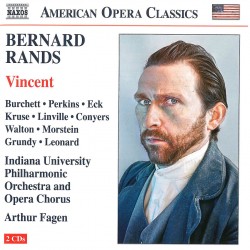 Bernard Rands – Vincent
Bernard Rands – Vincent
Soloists; Indiana University Philharmonic Orchestra and Opera Chorus; Arthur Fagen
Naxos 8.669037-38
Not every artist’s life can be called operatic. Yet the life of Vincent van Gogh certainly fits the bill. Born into a family dominated by an Old-Testament-God-like father, Theodorus, a preacher, Vincent was destined to fail at everything he tried.
He fails as an art gallery director in Paris. His feverish religiosity first garners him a position as a rural preacher, only to have that zeal undermine the position. His attempts at relationships are pathetic: he tries to marry and “save” a prostitute, only to have his noble intentions rejected. His friendship with Gauguin collapses, leads to (or according to some scholars, not at all) the famous ear-cutting episode. The only constant in van Gogh’s life is the love and support of his younger brother Theo, the source of money, paints and canvasses. Alas, progressive epilepsy and beginnings of mental illness (perhaps with a touch of lead poisoning) defeat Vincent. The final irony is of course the sale of his first paining shortly after his death and then posthumous fame.
This is an epic life, condensed here into two acts of beautifully representative music. The only flaw is the lack of an overture. This element, so brilliantly deployed not so long ago by Bernstein in Candide, is increasingly eschewed by contemporary composers, here to a fine work’s detriment.


